Climate change poses an ever-increasing threat to our planet’s biodiversity, affecting countless species and their habitats. Birds, known for their remarkable adaptability, have not been spared from these challenges. Despite the dire situation, certain bird species exhibit resilience, continuing to survive and thrive amidst the shifting environmental conditions. This article explores 15 of the most resilient bird species that are facing climate challenges head-on, showcasing their adaptability and the crucial roles they play in their ecosystems.
15. The Adaptive Sandhill Crane

Sandhill Cranes are a testament to adaptability with their remarkable ability to thrive in diverse habitats ranging from wetlands to grasslands. Their long migrations are aligned with changing seasons, enabling them to avoid harsh climates. Despite habitat loss and climate unpredictability, Sandhill Cranes continue to adapt by finding new breeding and wintering grounds. Their impressive longevity, sometimes reaching up to 40 years, allows them to navigate changes over decades.
14. The Hardy Adelie Penguin

Adelie Penguins, native to Antarctica, are adapted to survive extreme cold and have shown resilience to climate change effects like melting ice. These penguins are proficient swimmers and divers, enabling them to find food in a changing environment. Their ability to relocate colonies as ice conditions change showcases their resilience. Increased competition for nesting sites, due to climate-induced shifts, challenges them further, yet their populations continue to hold steady.
13. The Resourceful American Robin

The American Robin is known for its adaptability to urban environments, showcasing resilience despite changing climates. These birds adjust their diet according to availability, consuming whatever they can find, from berries to insects. American Robins are also shifting their breeding times in response to earlier springs, demonstrating flexibility that helps them survive in a warming world. Their iconic song heralds spring, emphasizing their crucial role in many ecosystems.
12. The Versatile House Sparrow

House Sparrows, initially native to Europe and Asia, have become a global presence due to their adaptability. They thrive in proximity to humans, making urban areas their new homes. Despite changes in climate and habitat, House Sparrows maintain their numbers through effective breeding strategies and diverse diet. Their adaptability enables them to persist even in fluctuating environmental conditions, making them one of the most resilient birds in the world.
11. The Tenacious Northern Gannet

Northern Gannets are extraordinary seabirds known for their resilience in the face of changing marine environments. With their breeding colonies mainly on rocky cliffs, they are vulnerable to sea level rise and storm-related erosion. Nevertheless, Northern Gannets continue to adapt by altering their feeding strategies and utilizing various oceanic zones, demonstrating their tenacity and critical role in marine ecosystems.
10. The Robust Rock Pigeon

Rock Pigeons, or city pigeons, are highly adaptable, thriving in urban environments worldwide. Their ability to subsist on a varied diet and use buildings as nesting sites speaks to their resilience. Despite facing threats like pollution and urbanization, Rock Pigeons maintain stable populations. This adaptability allows them to serve as an enduring feature of urban landscapes across the globe.
9. The Resilient Great Tit

The Great Tit, common across Europe, showcases remarkable adaptability amidst climate challenges. As temperatures rise, these birds adjust their breeding times to coincide with the earlier emergence of caterpillars, their primary food source during nesting. Such flexibility ensures their young have adequate nourishment, highlighting their resilience in responding to environmental changes.
8. The Adaptable Black-Capped Chickadee
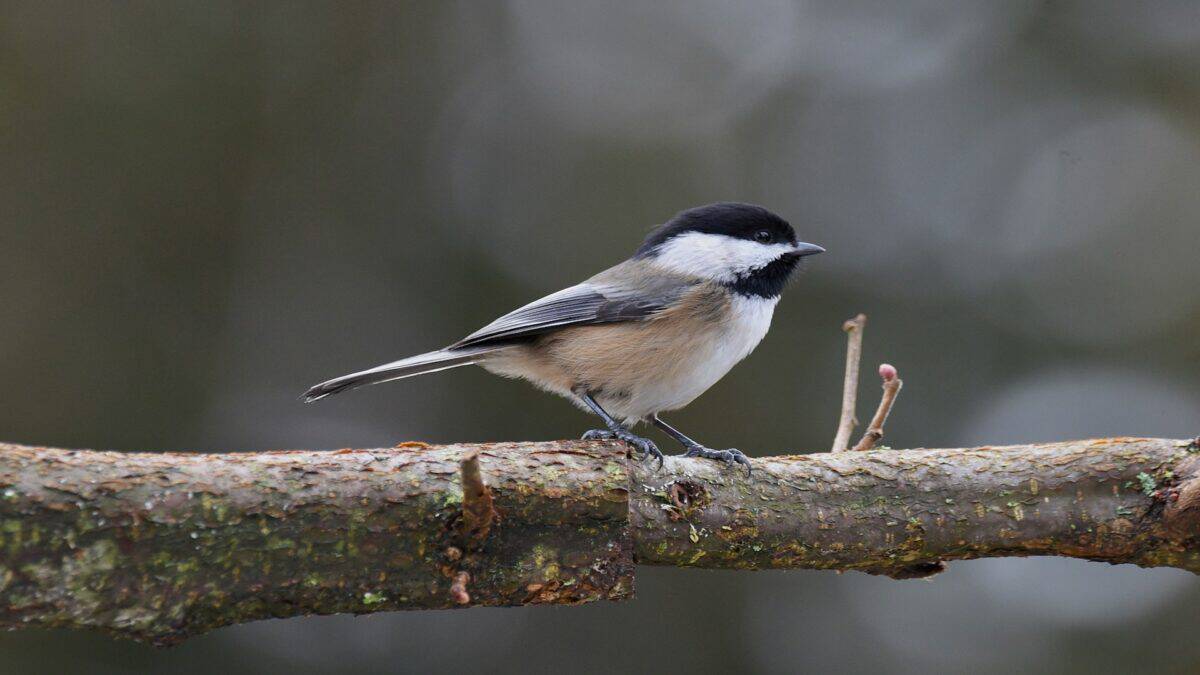
Black-Capped Chickadees exhibit remarkable adaptability to harsh winter conditions, increasing their survival rates. They employ a behavior known as facultative hypothermia, which allows them to lower their body temperature to conserve energy. These birds also cache food in preparation for scarce months, demonstrating their resourcefulness. Their ability to adjust their behaviors helps them remain resilient in the face of shifting climates.
7. The Masterful Mallard Duck

Mallard Ducks are widely known for their adaptability to various habitats, from lakes to urban ponds. They are resourceful omnivores capable of exploiting diverse food sources. This adaptability extends to their breeding strategies, where they can utilize both natural and human-made environments. Mallards’ resilience makes them a ubiquitous presence in diverse ecological settings.
6. The Resilient Eurasian Coot
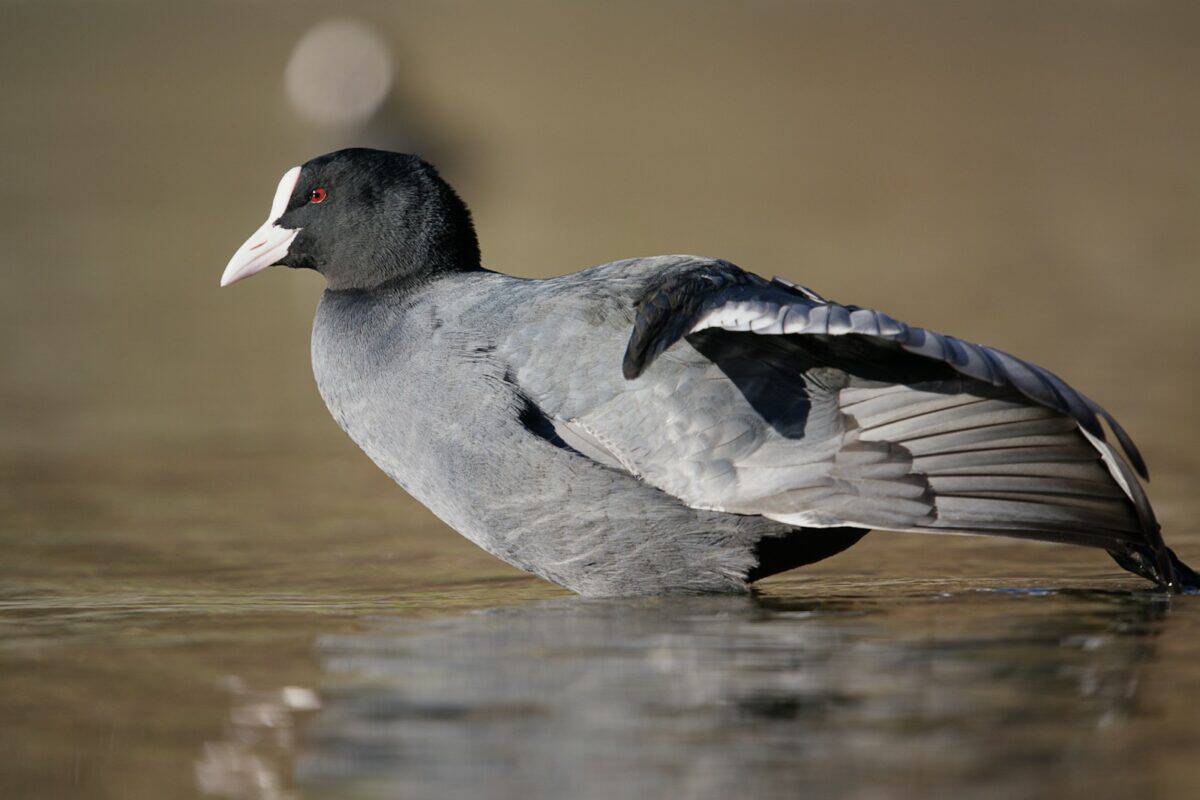
Eurasian Coots are characterized by their adaptability to various aquatic habitats, from freshwater lakes to man-made reservoirs. As climate change alters water ecosystems, these birds adjust their nesting behaviors and feeding habits. Their ability to exploit different environments ensures that they remain resilient despite environmental pressures.
5. The Agile Black Swan
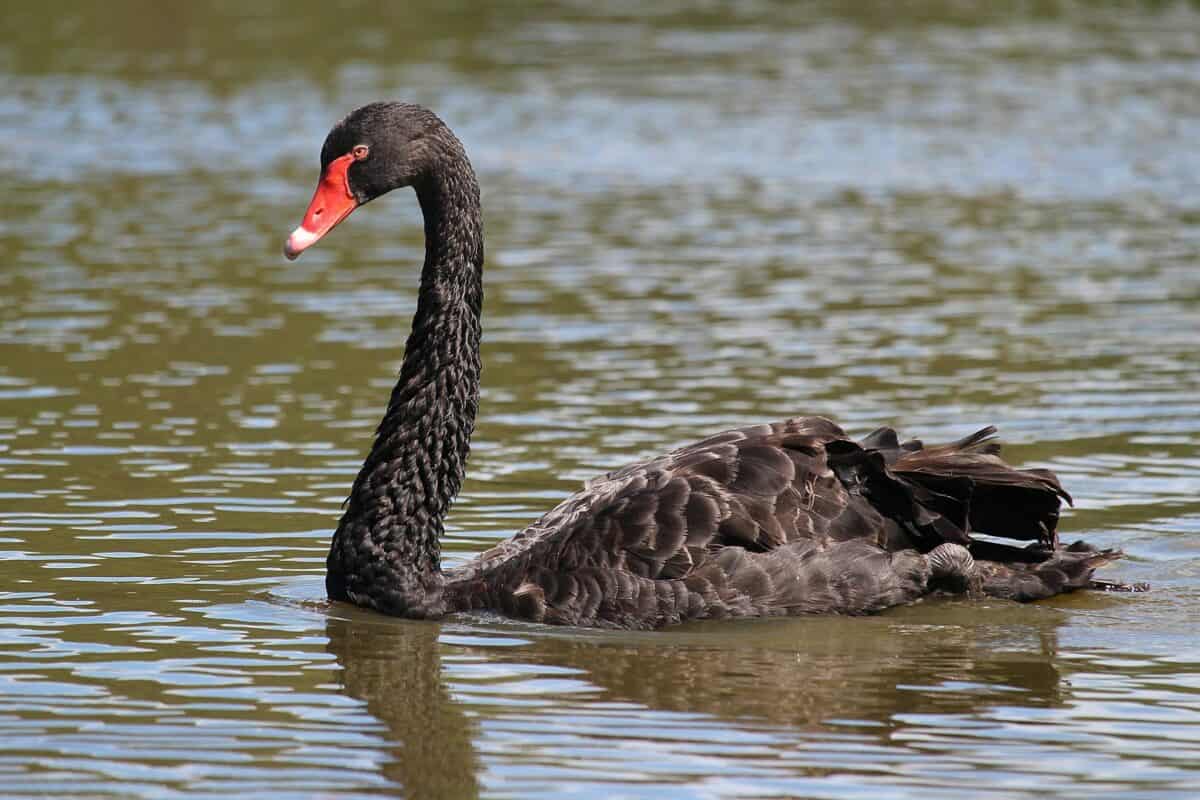
Despite their association with calm waters, Black Swans have shown that they can adapt to changing water levels and food availability caused by climate fluctuations. Native to Australia, they are increasingly found in new territories, illustrating their adaptability. Their resilience helps maintain stable populations even when faced with ecological challenges.
4. The Hardy Red-Billed Quelea
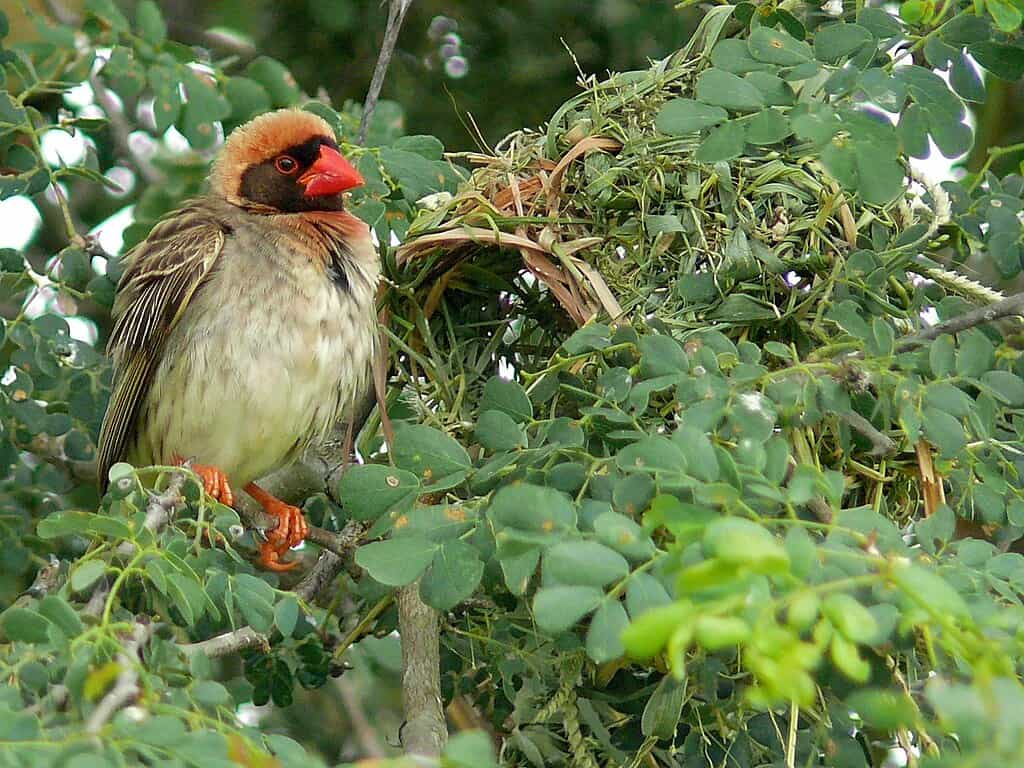
Red-Billed Queleas are known as one of the most numerous bird species in the world, partly due to their adaptability. Quite resilient, they can handle climate variability by altering their breeding and feeding behaviors. Such adaptability enables them to thrive in regions experiencing unpredictable weather patterns.
3. The Persistent European Starling
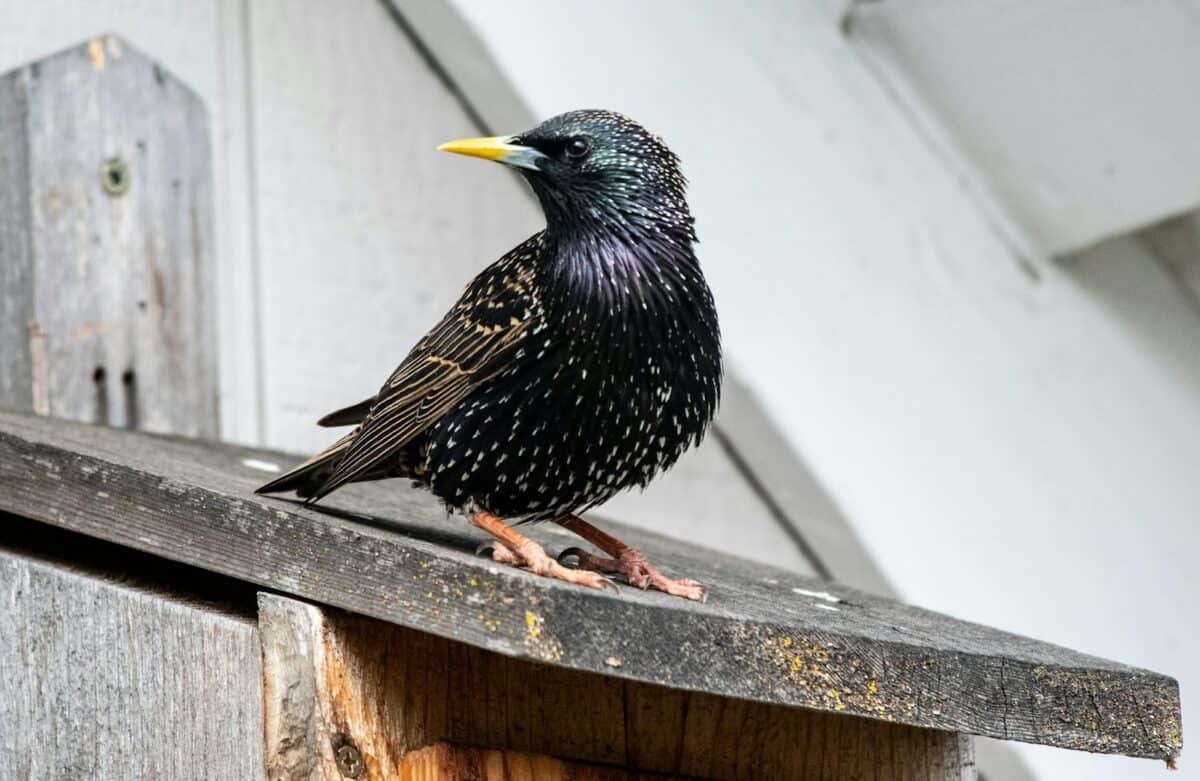
European Starlings are incredibly versatile birds found across various continents. They have adapted to a broad range of environments and are unfazed by habitat changes. Starlings use ingenious flocking behaviors and varied diets to navigate environmental shifts, showing resilience that helps their vast population continue to prosper.
2. The Indomitable American Woodcock
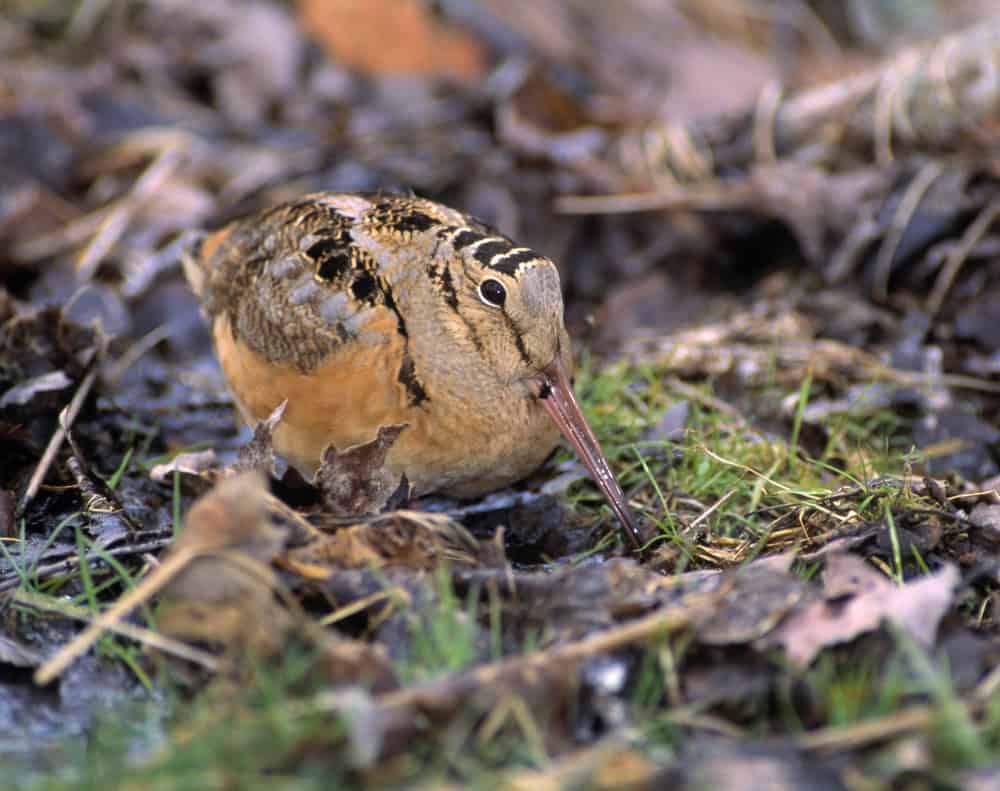
American Woodcocks endure harsh winters and shifting climates by modifying their migratory patterns. With distinctive courtship displays and a preference for moist forests and fields, they are adjusting their breeding and migration routines in response to habitat changes. Such resilience allows them to capitalize on emerging ecological niches.
1. The Resilient Wandering Albatross
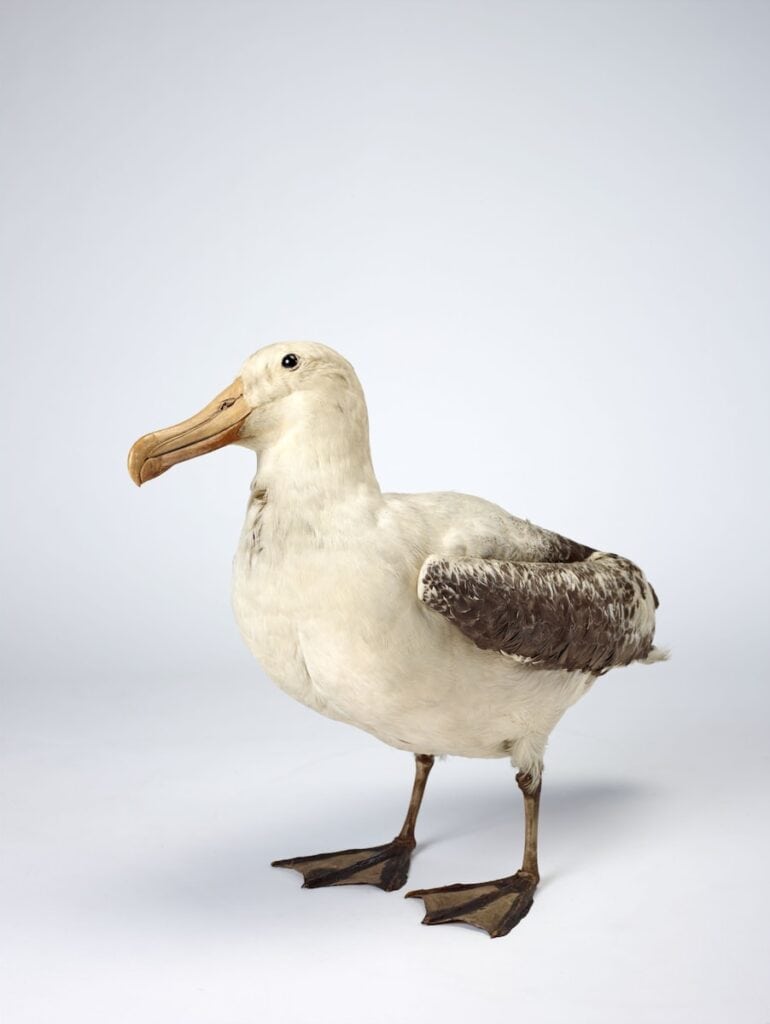
The Wandering Albatross, with its unparalleled wingspan, is a remarkable navigator of the world’s oceans, adept at exploiting wind patterns. Despite shifts in ocean currents and temperatures, these birds adapt their foraging habits to locate new food sources. Their extensive flight range and energy-efficient flight mechanisms underscore their resilience in facing climate fluctuations.
In conclusion, these 15 resilient bird species highlight the incredible adaptability of avian life in the face of climate challenges. By understanding their strategies for survival, we can better appreciate their role in ecosystems and the significance of conserving their habitats to ensure their continued success.
- 10 Creatures That Can Survive in the Harshest Places on Earth - August 19, 2025
- This Whale Sings in a Unique Pitch - August 19, 2025
- 10 Ways Dogs Know Their Owners Are Sick Before Doctors Do - August 19, 2025

